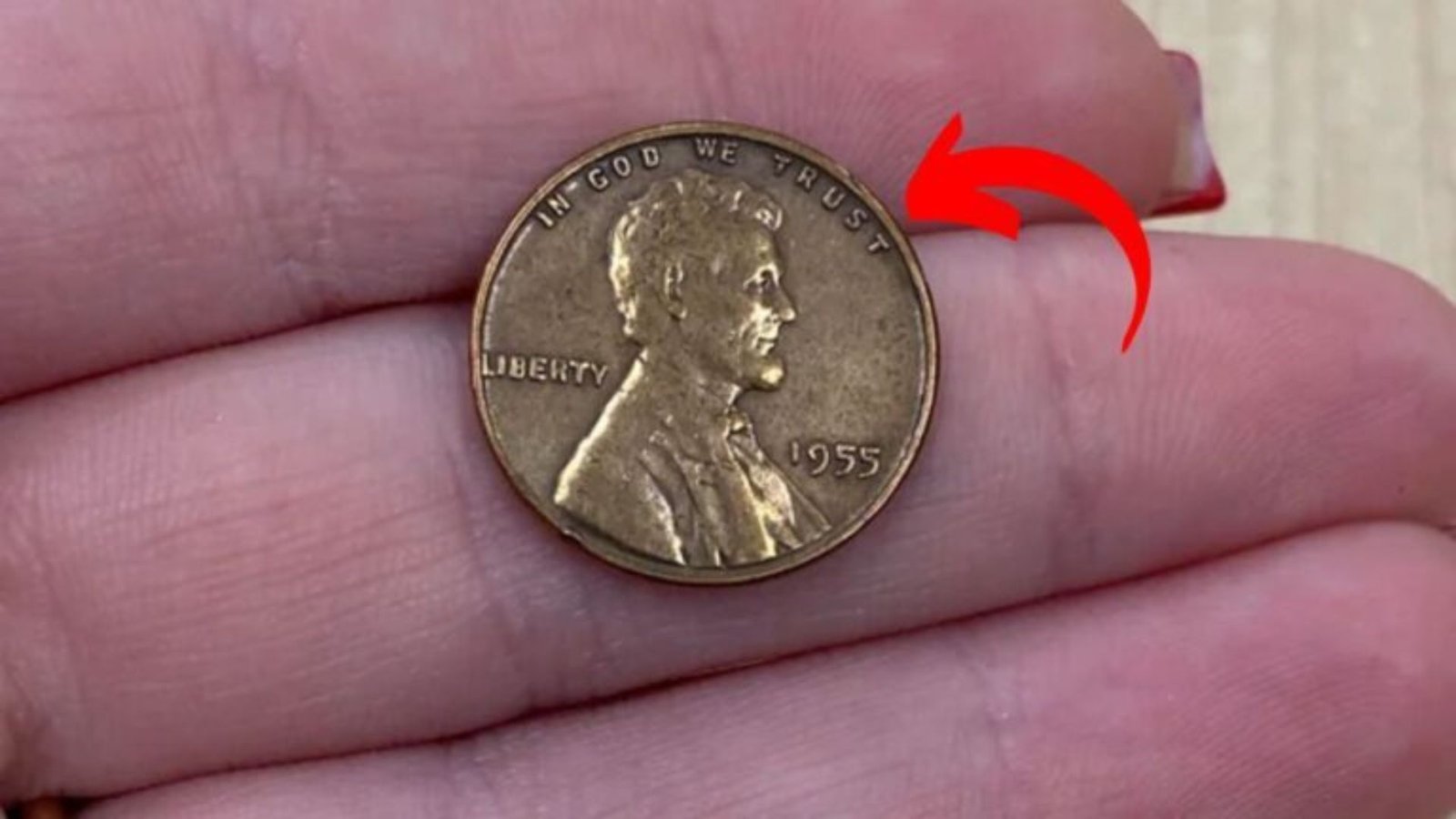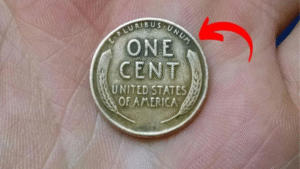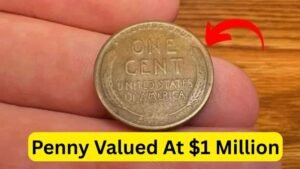Imagine finding a penny worth $3.6 million in your spare change. Sounds impossible, right? Yet somewhere out there, a rare Lincoln Wheat Penny could turn an ordinary day into a life-changing discovery. Its fascinating backstory, minting error, and mystery of being still in circulation have made it one of the most talked-about coins in numismatic history. Let’s uncover why this humble one-cent piece is worth more than gold and how you might stumble upon one yourself.
What Makes the Lincoln Wheat Penny So Special?
The Lincoln Wheat Penny, minted from 1909 to 1958, is one of America’s most iconic coins. Designed by Victor David Brenner, it features President Abraham Lincoln on the obverse and wheat stalks on the reverse, symbolizing prosperity. But not all Wheat Pennies are equal. A few rare variants — especially mint error coins — are now worth small fortunes, with one astonishing version valued at $3.6 million.
A Glimpse Into Its Mysterious History
This extraordinary penny traces its roots to 1943, during World War II. That year, the U.S. Mint switched from copper to zinc-coated steel to conserve copper for wartime production. However, a few copper planchets (coin blanks) from 1942 mistakenly remained in the minting machines. These rare 1943 copper pennies were struck and released into circulation unnoticed.
Only a handful are known today, but one specific 1943-D Lincoln Wheat Penny (minted in Denver) became the stuff of legend — fetching $3.6 million in private auctions.
Why It’s So Valuable Today
Its rarity, error type, and historical context make this penny incredibly desirable. Unlike mass-produced coins, the 1943 copper penny is a minting anomaly — an unintentional masterpiece born of timing and chance. With so few verified by grading authorities like PCGS and NGC, collectors worldwide compete fiercely to own one.
Add in its link to World War II, the patriotic Lincoln design, and the coin’s mythical status of being “still in circulation,” and you’ve got a perfect recipe for numismatic fame.
Key Facts About the $3.6 Million Lincoln Wheat Penny
| Feature | Details |
|---|---|
| Year | 1943 |
| Mint | Denver (D) |
| Material | Copper (Error) |
| Standard Composition (1943) | Zinc-Coated Steel |
| Estimated Value | $3.6 Million |
| Known Specimens | Fewer than 20 |
| Reason for Rarity | Mint Error – Wrong Planchet |
Could One Still Be in Circulation?
Surprisingly, yes. Experts believe a few unidentified specimens might still exist in private hands or mixed among old coin jars. Many collectors and enthusiasts continue to check their spare change, hoping for that once-in-a-lifetime discovery.
To this day, the 1943 copper penny rumor drives treasure hunters to inspect every Lincoln cent carefully. Stories circulate of people finding one tucked away in old piggy banks or inherited collections.
How to Identify a Valuable Lincoln Wheat Penny
Not every old penny is worth millions, but these clues can help you spot a gem:
| Indicator | What to Look For |
|---|---|
| Date | 1943 |
| Color | Reddish Copper (not silver-gray) |
| Magnet Test | Copper version is non-magnetic, steel version sticks |
| Mint Mark | “D” (Denver) is the rarest copper version |
| Condition | Higher grades fetch exponential value |
| If you find a 1943 copper penny, handle it carefully and get it authenticated by PCGS or NGC — certification could confirm you’re holding a million-dollar piece. |
Expert Insights and Collector Tips
Numismatists recommend checking not only 1943 pennies but also 1955 Doubled Die cents and 1969-S errors, as these too are highly sought-after. Always verify coins before selling — counterfeits are common, and authentication protects both value and reputation.
Avoid cleaning or polishing rare coins; even slight damage can drastically reduce value. Store them in protective holders to preserve condition.
FAQs
Q: Is the $3.6 million penny real?
Yes. A 1943-D copper Lincoln Wheat Penny sold privately for $3.6 million due to its extreme rarity.
Q: Can I find one in my change?
It’s unlikely, but not impossible. Many collectors believe a few still circulate unknowingly.
Q: What should I do if I think I found one?
Perform the magnet test, confirm the 1943 date, and get it professionally graded.
The Final Word: A Fortune Hiding in Plain Sight
The story of the $3.6 million Lincoln Wheat Penny proves that history, rarity, and chance can transform pocket change into priceless treasure. Whether you’re a casual hobbyist or serious collector, keep your eyes open — the next legendary find could be waiting in your wallet.




